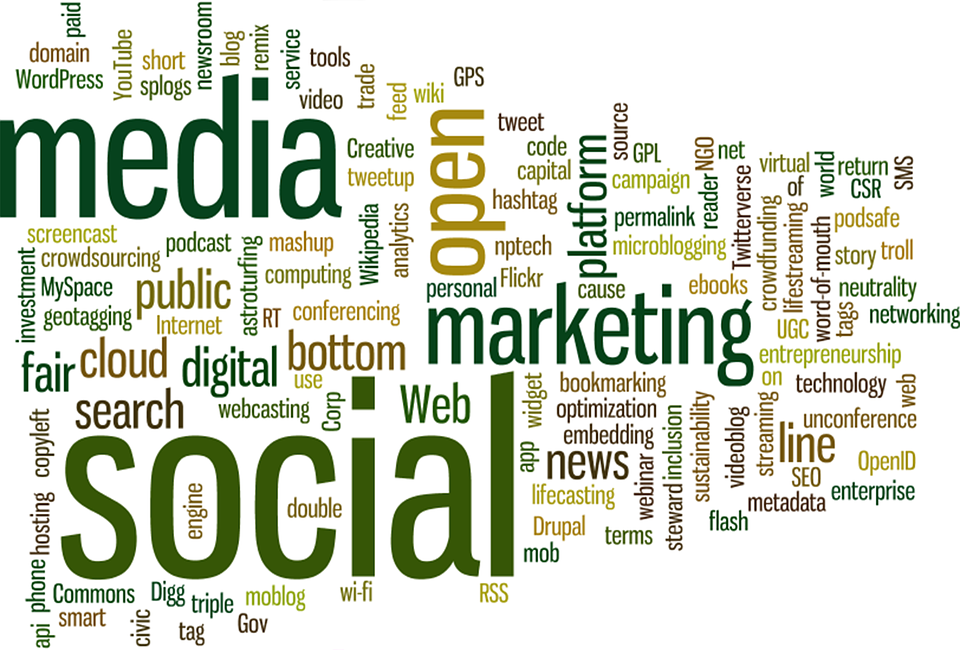
How Nostalgia-Driven Packaging Designs Are Winning Over Consumers
In an era of rapid technological advancements and ever-changing consumer preferences, one enduring trend has proven its effectiveness time and time again—nostalgia-driven packaging. From vintage-inspired cereal boxes to soda cans with designs reminiscent of decades past, brands are increasingly tapping into the sentimental value of bygone eras to foster emotional connections with consumers. This strategy has not only strengthened brand loyalty but also driven higher sales, demonstrating the powerful impact of nostalgia on purchasing behavior.
The Psychology Behind Nostalgia Marketing
Nostalgia is a potent emotion that evokes fond memories, providing a sense of comfort and familiarity. Psychologists suggest that people often turn to nostalgic experiences during times of uncertainty or stress. Brands that understand this emotional trigger leverage it to create packaging designs that remind consumers of their childhood, past experiences, or even historical aesthetics they admire.
When a customer sees a product with retro-style packaging, it transports them to a time they associate with happiness, stability, or simple pleasures. This emotional connection can make a product more appealing, encouraging impulse purchases and reinforcing brand loyalty. The success of nostalgia-driven packaging is particularly evident in industries such as food and beverage, cosmetics, and gaming, where visual elements play a crucial role in consumer perception.
Case Studies: Brands That Nailed Nostalgic Packaging
Several brands have successfully embraced nostalgia-driven packaging to create a sense of familiarity and trust. One notable example is Coca-Cola, which has periodically reintroduced vintage-style bottles and cans featuring classic logos and typography. This approach not only appeals to older consumers who remember the original designs but also attracts younger audiences who appreciate the timeless aesthetic.
Another successful implementation of nostalgic packaging is seen in the snack industry. Hostess, for example, brought back its classic Twinkies packaging after a brief hiatus, banking on consumer attachment to its traditional look. Similarly, General Mills has revived classic cereal box designs for brands like Cheerios and Lucky Charms, tapping into the childhood memories of adult consumers who now make purchasing decisions for their families.
Why Consumers Respond to Nostalgia in Packaging
There are several reasons why consumers respond positively to nostalgia-driven packaging designs:
- Emotional Connection – Nostalgic packaging reminds consumers of positive memories from their past, strengthening their attachment to the brand.
- Trust and Familiarity – Consumers often trust brands that have been around for a long time. Vintage packaging reinforces the idea of longevity and reliability.
- Aesthetic Appeal – Retro designs often stand out on shelves, offering a unique visual appeal compared to modern minimalist packaging.
- Social Media Buzz – Nostalgic designs are highly shareable, sparking conversations and engagement on social media platforms.
The Role of Packaging Manufacturers in Nostalgia Marketing
Behind every successful nostalgic packaging design is a team of skilled packaging manufacturers who bring these concepts to life. Companies specializing in printing, material selection, and production play a critical role in ensuring that packaging effectively conveys the intended retro aesthetic.
For instance, a mailer manufacturer may design custom packaging for a brand that wants to evoke a sense of nostalgia through old-school typography, vintage color palettes, or textured materials reminiscent of past decades. These manufacturers also help brands balance aesthetic appeal with modern sustainability standards, ensuring that nostalgic packaging meets contemporary environmental expectations.
The Balance Between Nostalgia and Innovation
While nostalgia-driven packaging can be a winning strategy, brands must strike a balance between vintage appeal and modern convenience. Today’s consumers appreciate the look and feel of retro packaging, but they also expect features like resealability, eco-friendliness, and smart packaging technology.
For example, many brands now incorporate sustainable materials into their nostalgic packaging designs, ensuring they align with environmental trends without losing their vintage charm. Others combine old-school aesthetics with modern QR codes, augmented reality elements, or limited-edition packaging to maintain consumer engagement.
The Future of Nostalgia in Packaging Design
The success of nostalgia-driven packaging suggests that this trend is far from fading. As consumer preferences evolve, brands will likely continue to refine their approach, blending retro elements with modern innovation to create packaging that resonates with multiple generations.
Moreover, the rise of direct-to-consumer brands and e-commerce has opened new opportunities for nostalgia marketing. Subscription box services, for example, often incorporate nostalgic packaging to enhance the unboxing experience, making it more memorable and shareable.
Ultimately, nostalgia-driven packaging is more than just a design choice—it’s a strategic tool that taps into deep-seated emotions, fosters brand loyalty, and drives purchasing decisions. By continuing to leverage the power of nostalgia while embracing modern packaging advancements, brands can create lasting connections with consumers and stand out in an increasingly competitive market.













